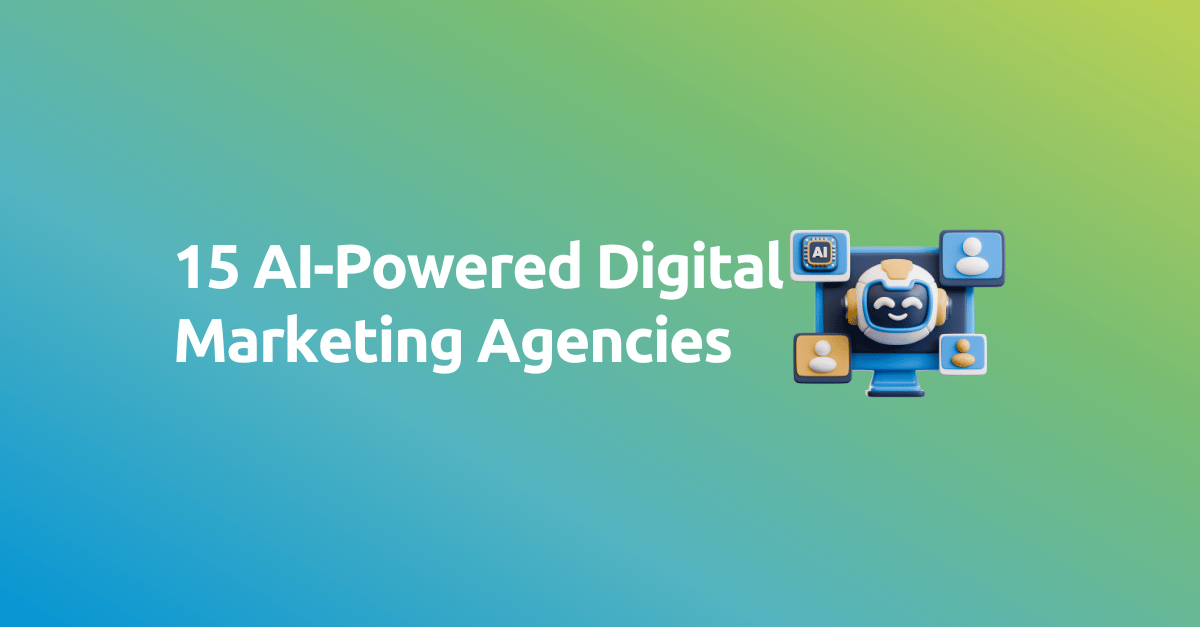The digital advertising realm is undergoing a seismic shift as brands seek effective strategies to reach consumers in an increasingly crowded marketplace. Traditional social media advertising, once a staple in marketing strategies, is losing its allure, leaving many businesses frustrated with diminishing returns on their investments. As companies grapple with ad fatigue and declining engagement rates, they are now turning their attention to a promising alternative: retail media.
Retail media harnesses the power of retailer-owned platforms to deliver targeted advertising directly to consumers in the shopping context, offering brands a unique opportunity to engage with customers when they are most likely to convert. By integrating promotional content into e-commerce sites and other retail channels, brands can capture consumer attention at critical points in their purchasing journeys. This innovative approach not only enhances the effectiveness of advertising campaigns but also addresses the challenges of data privacy and third-party cookie deprecation. As we explore the emergence of retail media, it becomes clear that this strategy represents a pivotal evolution in how brands connect with their audiences, ensuring that marketing efforts remain relevant and impactful in a rapidly changing landscape.
|
Contents The Saturation of Social Media Advertising The Rise of Retail Media as a Strategic Advertising Approach |
The Saturation of Social Media Advertising
The digital advertising landscape is reaching a tipping point. Platforms such as Facebook, Instagram, and YouTube are now heavily saturated with advertisements, making it increasingly difficult for brands to capture user attention effectively. In 2020, social media advertising accounted for 23% of global marketing budget, s but by 2024, this number has plummeted to 11%, its lowest in seven years. This decline signals a growing shift in how businesses perceive the value of these platforms for advertising purposes.
This oversaturation is leading to significant challenges. A recent report by B2 highlights that 49% of consumers say they actively ignore social media ads. Moreover, 42% of global internet users now employ ad blockers, particularly younger generations who are more resistant to traditional forms of online advertising. As a result, the ability to capture and retain attention has become significantly more expensive. In fact, the cost-per-click (CPC) on platforms like Facebook has increased by over 89% since 2020, forcing brands to invest more just to maintain their visibility.
For businesses, this spike in advertising costs has not necessarily translated into better returns. The average click-through rate (CTR) for Facebook ads, for example, stands at a mere 0.90%, meaning that the majority of campaigns are failing to generate meaningful engagement. This is particularly concerning for companies that had relied heavily on social media advertising as a core part of their digital marketing strategy. The once-promised high returns are now giving way to declining ROI, as ad fatigue among users grows.
As PuroMarketing highlights in one of its recent publications, while media agencies continue to offer increasingly complex and targeted advertising solutions, the real winners are often the agencies themselves, not the brands they serve. Despite the allure of precision targeting, many businesses are finding that their advertising dollars are not producing the expected results. This trend is pushing a growing number of companies to reconsider their reliance on social media advertising. As the cost of acquiring customers through these platforms rises, and the effectiveness of these campaigns declines, brands are increasingly questioning whether their investment in social media advertising is truly sustainable.
For forward-thinking business leaders, the lesson is clear: the days of relying solely on social media for digital marketing success are numbered.
The Decline of YouTube Ads
Video content remains one of the most powerful tools for engaging audiences, but the effectiveness of video ads on platforms like YouTube has been steadily declining. This is largely due to the oversaturation of advertising on these platforms, which has created a noisy, cluttered environment that dilutes the impact of individual campaigns. Brands and advertisers are competing for attention in a space where users are bombarded by a relentless stream of pre-roll ads, banners, and content recommendations.
According to recent studies, YouTube users are exposed to an average of five ads per hour, with pre-roll and mid-roll ads contributing significantly to user frustration. This oversaturation has led to increased use of YouTube's "Skip Ad" button, with reports showing that 65% of users skip ads as soon as possible. This constant barrage of advertising is creating ad fatigue, where viewers either ignore or actively avoid ads, making it difficult for brands to convey their messages effectively.
Despite the growing challenges, video as a format is far from obsolete. In fact, video remains highly effective in more controlled, less crowded environments. For example, video ads embedded in emails or hosted on brand-owned platforms tend to achieve higher engagement rates, precisely because they are not competing with the noise found on large social platforms. These more isolated environments give brands the opportunity to communicate their message without the distractions that plague platforms like YouTube.
The lesson here is not to abandon video advertising, but to reconsider the context in which it is deployed. While YouTube may offer access to a massive audience, the sheer volume of ads means that your brand’s message can easily get lost. Marketers should explore alternative platforms where video can thrive in a less saturated setting, offering a more personalised and meaningful interaction with viewers.
The decline in video ad effectiveness on YouTube is pushing companies to rethink their strategies. Video continues to be one of the most engaging formats in digital marketing, but its success depends heavily on placement. Instead of relying solely on crowded platforms, marketers should seek out environments where their videos can truly stand out and resonate with the audience.
The Rise of Retail Media as a Strategic Advertising Approach
As brands seek to navigate the evolving landscape of online advertising in 2024, retail media is emerging as a powerful strategy that offers both innovation and effectiveness. With traditional social media platforms losing their allure due to oversaturation and declining returns, retailers are stepping up to provide advertisers with new avenues to engage consumers. This shift is underpinned by the growing recognition that retail media networks can deliver targeted, meaningful, and cost-effective advertising solutions.
What is Retail Media?
Retail media encompasses advertising strategies that leverage retailer-owned platforms to promote products directly to consumers. This can be divided into two main categories:
-
Retail On-Site: This refers to advertisements that appear within the retailer's e-commerce platform. It includes banners, featured product ads, search ads, and product recommendations. By utilising these formats, brands can effectively target users who are already in a buying mindset, increasing the chances of conversion. These ads are typically positioned on high-visibility pages, such as the homepage or category listings, making them an integral part of the shopping experience.
-
Retail Out-Site: This category covers advertising that occurs outside the retailer’s site, such as social media ads, email marketing, push notifications, search ads, and advertising on third-party websites. These tactics extend the reach of retail media by engaging potential customers across various digital touchpoints, facilitating a more comprehensive omnichannel marketing approach.
The benefits of retail media are becoming increasingly clear. According to a report by IAB Europe, 91% of advertisers and 76% of agencies view retail media as a strategic opportunity, particularly in light of the challenges associated with third-party data devaluation. As consumer privacy regulations tighten, brands are finding that retail media networks provide a more reliable source of consumer insights and engagement.
Top 5 Retail Media Networks
-
Amazon Advertising: Dominating the retail media landscape, Amazon continues to offer the most comprehensive suite of advertising solutions, utilising vast consumer data to enhance targeting and conversion rates.
-
Walmart Connect: As a major player in the retail space, Walmart Connect provides brands with access to valuable shopper insights and advertising opportunities both in-store and online.
-
Target's Roundel: Known for its highly engaging advertising formats, Target's Roundel allows brands to reach consumers at various touchpoints, utilising both digital and in-store channels.
-
eBay Ads: With its diverse audience, eBay offers unique advertising opportunities, including promoted listings and display ads, capitalising on its extensive user base and varied product categories.
-
Kroger Precision Marketing: Leveraging its grocery store network, Kroger enables brands to target consumers effectively through its digital and in-store platforms, utilising data-driven insights for optimal ad placement.
The Ingredients for Success in Retail Media
To implement a successful retail media strategy, brands should focus on three essential ingredients:
-
Knowledge: Understanding consumer behaviour and preferences is vital. Brands must leverage the rich data available through retail media networks to inform their strategies and ensure they are effectively reaching their target audiences.
-
Scale: Retail media networks provide the scale necessary to reach large audiences while maintaining the flexibility to target niche segments. This capability enables brands to optimise their spend and drive significant returns on investment.
-
Measurement: Robust measurement tools are essential for evaluating the effectiveness of campaigns across channels. By analysing performance metrics, brands can continuously refine their strategies to ensure maximum impact and alignment with consumer needs.
As retail media networks continue to evolve, they are rapidly becoming the preferred channel for advertisers. Historically, brands have interacted with retailers primarily through in-store advertising and promotional programs. However, the expansion of digital ecosystems has allowed retailers to offer unified interaction experiences across various channels, including social media, video platforms, and audio spaces. This change enables advertisers to gain a holistic understanding of consumer interactions and close the gap between online and offline experiences.
With the advent of innovative advertising strategies and the expansion of retail media, brands have the opportunity to engage with consumers in more meaningful ways. As 2024 progresses, the shift towards retail media signifies a significant transformation in how brands approach advertising, providing a pathway for greater consumer connection and enhanced campaign performance.





.png)
